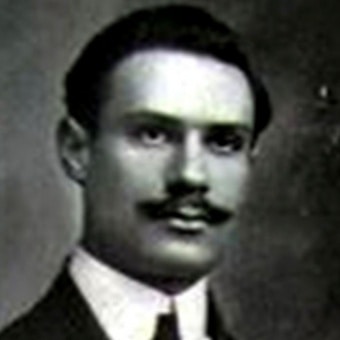Among the so-called “five disciples” of Gomidas Vartabed, two of them lived for decades in the United States and here they made a significant contribution to the Armenian American musical scene and to Armenian music: Mihran Toumajan and Vagharshag Servantzdian.
Servantzdian was born in Van (Western Armenia) in 1891. He was a relative of Bishop Karekin Servantzdian (1840-1892), the remarkable writer and folklorist who was the discoverer of the Armenian epic poem “David of Sassoun.”
In 1900, during the most repressive years of Sultan Abdul Hamid II’s rule, Vagharshag Servantzdian and his family were exiled to Brusa, in Anatolia, where he went to a French religious school. At the age of nine, he started playing the flute in the student religious orchestra.
In 1907, Servantzdian moved to Constantinople, and three years later he became a student of Gomidas, who had just arrived in the Ottoman capital, until 1914. In 1919 he moved to Paris to continue developing his musical talents, and then he went to Berlin.
He worked for a few years in Egypt until he settled in Boston in 1928. He organized Armenian choirs in different American cities and presented concerts. He also authored works for voice and orchestra. Like his teacher Gomidas, Servantzdian was also busy transcribing, studying, and arranging popular songs. He published several collections of music: Armenian Melodies (1922), Armenian Dances (1926), Armenian Village Songs (1927), Voices of the Soul (1927), Armenian Folk Songs (1933), et cetera.
In 1948 he moved to Fresno (California), where he passed away on April 16, 1958.

